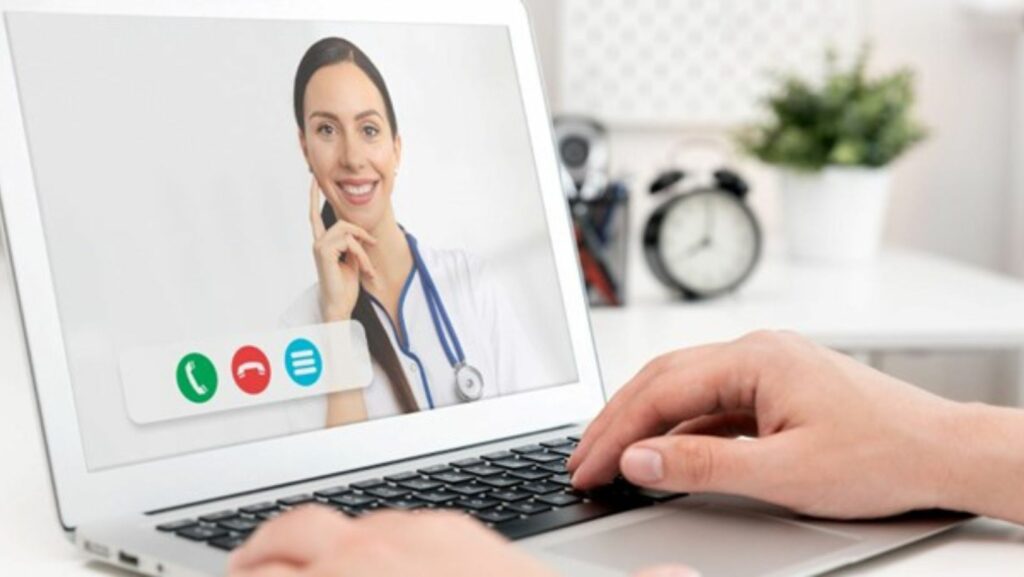The rapid growth of telemedicine has revolutionized the healthcare landscape, allowing patients to access medical care from the comfort of their homes. As we are in 2024, telemedicine apps continue to gain traction, driven by technological advancements and an increased demand for convenient healthcare solutions.
However, the success of a telemedicine app depends on its ability to provide a seamless, secure, and efficient experience for both patients and healthcare providers. This guide will explore the must-have features that should be included in a telemedicine app to meet the needs of today’s healthcare environment.
Why Telemedicine Apps Are So Popular
Telehealth app developers have surged in popularity over the past few years, driven by technological advancements, healthcare delivery shifts, and patient expectations. Here’s why telemedicine apps have become an essential part of modern healthcare:
Convenience and Accessibility
Telemedicine apps allow patients to access medical care from anywhere, eliminating the need for travel to a healthcare facility. This is especially beneficial for:
- Rural and remote areas: Where healthcare services may be limited or far away.
- Busy individuals Who prefer virtual consultations to save time.
- Mobility-challenged patients Who face difficulties traveling to a doctor’s office.
Cost-Effectiveness
Telemedicine reduces the cost of healthcare for both patients and providers by eliminating travel expenses, reducing waiting room times, and lowering administrative overheads. Many telemedicine consultations are less expensive than in-person visits, making healthcare more affordable.
Improved Access to Specialists
Patients can access specialized healthcare providers regardless of geographic barriers. Telemedicine apps connect patients with specialists for consultations, second opinions, and follow-ups, which can be difficult in certain areas due to a shortage of medical professionals.
Increased Patient Engagement
Telemedicine apps make it easier for patients to stay engaged with their healthcare. Features like appointment reminders, medication tracking, and health monitoring encourage patients to manage their health actively, leading to better outcomes.
24/7 Availability
Unlike traditional healthcare settings, telemedicine apps often offer medical professionals round-the-clock access.

This flexibility is ideal for those needing care outside regular office hours, providing peace of mind in urgent situations.
Pandemic-Driven Adoption
The COVID-19 pandemic accelerated the adoption of telemedicine as physical distancing became crucial. Many healthcare providers shifted to virtual platforms to continue offering services while reducing the risk of infection. This surge in usage has shown that telemedicine is not just a temporary solution but a sustainable option for the future.
Better Chronic Disease Management
Telemedicine apps have proven to be effective for managing chronic diseases, such as diabetes or hypertension. Patients can regularly consult with their healthcare providers, monitor their vital signs through connected devices, and receive real-time feedback without needing frequent clinic visits.
Most Important Features In Telemedicine Apps in 2024
Features listed below are the must-haves in today’s telemedicine industry.
User-Friendly Interface (UI/UX)
A clean, intuitive user interface is critical for any telemedicine app. Both patients and healthcare providers should find it easy to navigate, minimizing the learning curve for users of all ages and technical skills. The UI/UX should facilitate easy access to all features, making appointments, consultations, and follow-ups as straightforward as possible.
Key considerations include:
- Simple registration and login processes: Offering social media or email logins can save time.
- Easy-to-use dashboard: A central hub where users can manage appointments, view medical records, and access care.
- Multilingual support: Catering to a diverse population by including language options.
Secure Authentication and Data Privacy
In healthcare, safeguarding patient information is paramount. Ensuring that the app adheres to the highest security standards is essential to protect sensitive health data and build user trust. Your telemedicine app must comply with regulatory standards such as HIPAA (in the U.S.) or GDPR (in the EU) and implement strong encryption protocols.
Essential security features include:
- Two-factor authentication (2FA) for logging in.
- End-to-end encryption for all communications.
- Strict data access controls to prevent unauthorized access.
Video and Audio Consultation
At the heart of any telemedicine app is the ability to provide virtual consultations. High-quality video and audio communication are vital for accurate diagnosis and effective treatment. Consider these features for video and audio consultation:

- HD video streaming: Ensures clear visuals for proper assessments.
- Stable audio connection: Ensures effective communication between patient and provider.
- Cross-platform support: Enables users to connect via mobile, desktop, or tablets, expanding accessibility.
Appointment Scheduling and Calendar Integration
Efficient scheduling is key to enhancing the patient experience. An in-app calendar or scheduling feature allows patients to book, reschedule, and cancel appointments easily. For healthcare providers, it can streamline the management of multiple consultations.
Include the following elements:
- Automated reminders for upcoming appointments.
- Integrated calendar sync with popular services like Google Calendar.
- Real-time availability updates to reduce booking conflicts.
Electronic Medical Records (EMR) Integration
Seamless integration with electronic medical records is necessary for a telemedicine app in 2024. This feature ensures that healthcare providers have access to a patient’s medical history, which is critical for accurate diagnosis and personalized treatment plans.
Key features of EMR integration:
- Access to patient health records during consultations.
- Secure file sharing: Allows the exchange of test results, X-rays, and other critical health documents.
- Prescription history enables doctors to see previous medications and make informed decisions.
The Bottom Line
As telemedicine continues to reshape healthcare in 2024, ensuring that your app includes these must-have features will position it for success in an increasingly competitive market. By focusing on user experience, security, accessibility, and integration with the latest technology, you can offer a platform that meets the evolving needs of patients and healthcare providers.

